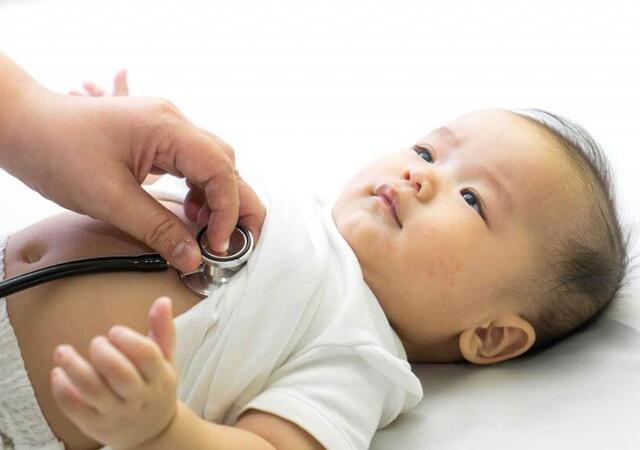May 5, 2025
By Evan Ruby, Megan Gottlieb and Evangeline Loh
In November 2022, the Swiss Federal Assembly voted to approve Motion 20.3211 (link in French), which mandated the Swiss Federal Council to adopt regulations to allow medical devices authorized by non-European regulators — namely, the United States (U.S.) Food and Drug Administration (FDA) — to enter the Swiss market. At its meeting on April 30, 2025, the Federal Council defined guidelines for implementing this motion and assigning responsibility for review to private conformity assessment bodies (CABs) under a simplified conformity assessment procedure.
Swiss MedTech details (website) developments dating back to the initial submission of the motion (May 4, 2020).
Proposed conditions for entry into the Swiss market
A working group has proposed conditions for the introduction of FDA-authorized devices into the Swiss market based on the differences between the regulatory systems in Switzerland and the U.S. These include compliance with Swiss legal requirements for data protection or a quality management system, as well as the definition of a post-marketing surveillance plan and the possibility to require clinical evidence.
Next steps
The Federal Council has requested that three entities explore this further: the Federal Department of Home Affairs, Federal Department of Economic Affairs, Education and Research, and Federal Department of Foreign Affairs. No implementation timeline is currently available, and Swiss MedTech notes that this will be a significant and lengthy undertaking.
This is not a surprise as our interpretation is that one of the reasons some of the former Global Harmonization Task Force (GHTF) initiatives did not succeed was because of the differences in the structure of regulatory systems. Many of the GHTF programs were based on EU legislation. As one example, the GHTF Summary Technical File Document (STED) program pilot was not aligned with U.S. FDA 510(k) submissions.
Concluding remarks
With the ongoing efforts to implement the Motion, along with the pending renewal of the Swiss-EU Mutual Recognition Agreement (MRA), this is a pivotal moment for Switzerland’s medical device regulatory regime. Motion 20.3211 opens the door for the recognition of non-European regulatory approvals, thereby addressing the challenges manufacturers have faced in obtaining European CE Marking, creating new pathways for market access, and reducing regulatory burden. As we have reported, these enhancements align with the goal of greater global harmonization and will support the supply of medical devices in the Swiss market.
To some extent, this is similar to the proposed legislative expansion in the United Kingdom (UK) of the comparable regulatory countries authorizations: Australia, Canada, and the U.S.
Emergo by UL continues to monitor developments in the Swiss market and globally and we remain confident that regulatory reliance has the potential to substantially improve global regulatory systems.
Request more information from our specialists
Thanks for your interest in our products and services. Let's collect some information so we can connect you with the right person.





